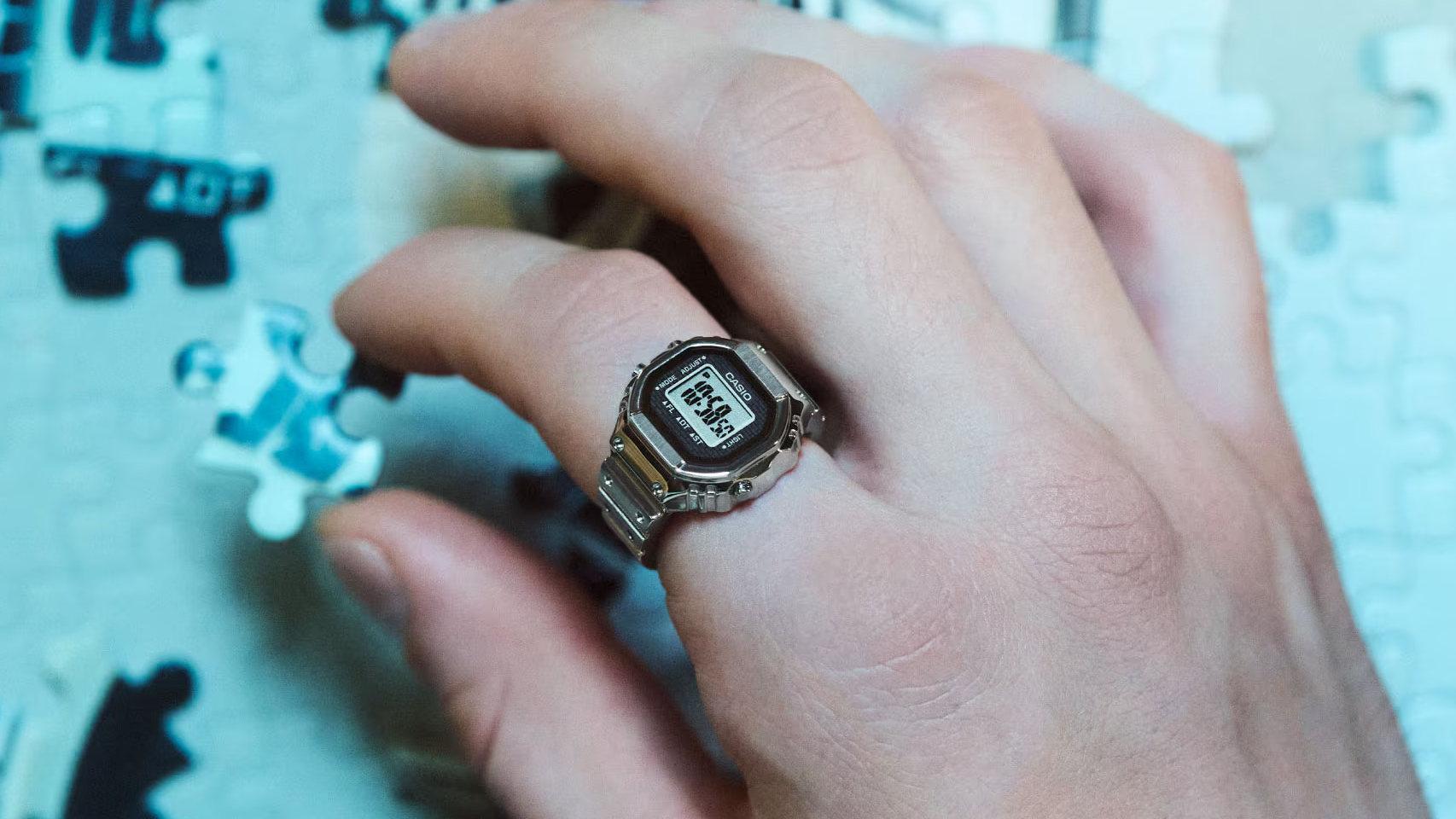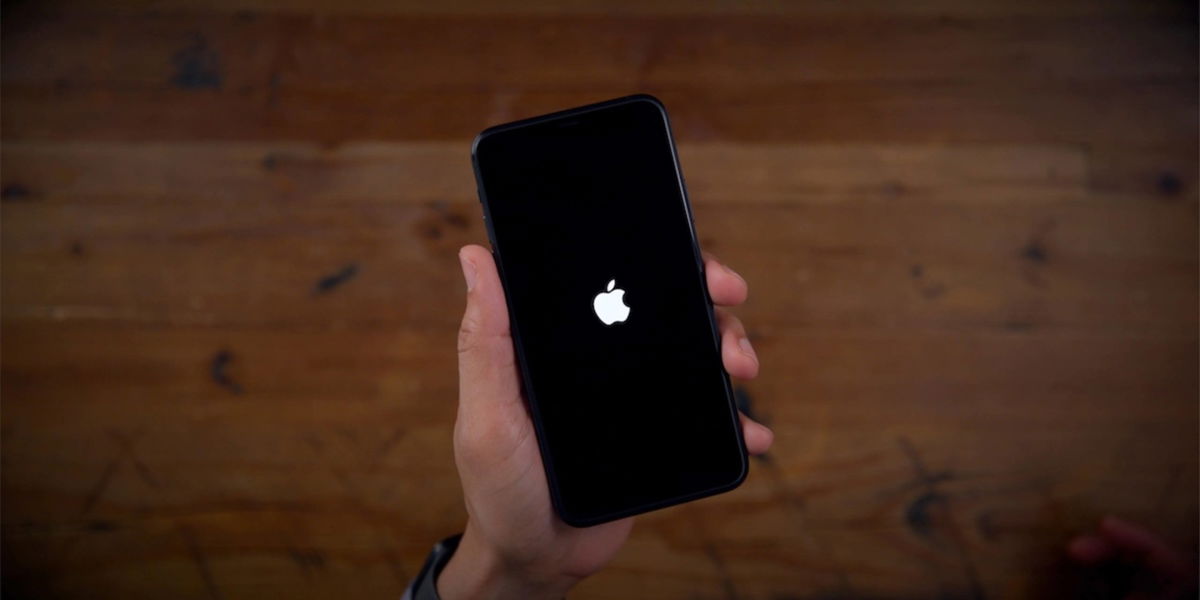Rumors of a foldable iPhone may sound like science fiction, but the truth is Apple is investigating this type of screen. We know this thanks to a new patent in which Apple Look for ways to control the temperature of the screen so that it can be folded safely.
Patents to advance the development of foldable products
The patent entitled “Electronic devices with flexible screens” studies the subject of temperature in screens. To ensure good flexibility of the plastic that makes up the screen, it is important that it is not too cold. For him it is interesting that the back of the screen can be heated
Opening and bending a screen in a cold environment might break it, so the idea would be use certain sensors to determine the temperature of the device and assess whether it can be opened without damaging the screen. If so, a closing mechanism would prevent opening.

As for the temperature of the same, the Apple patent suggests that there could be an interesting alternative to dedicated screen heaters. Apple proposes that the emission of light from the same screen generates heat, something that could be used to reach and maintain the minimum temperature to flex the screen.
A screen that is heated by the light it emits before allowing the device to open.

The system, according to the patent, could concentrate light and heat emission only in the room
Apple files numerous patent applications every week. While the existence of a patent application indicates areas of interest to Apple’s research and development engineers, they do not guarantee that the concepts will appear in a future product or service. The truth is, the idea of a flexible or collapsible device seems to have been under consideration for quite some time and appears repeatedly in the patents the company registers. From what we know so far a foldable iPhone could arrive in 2023 priced at $ 1,500.
In any case, it is clear that there is interest in folding screen technology. It may be anecdotal at the moment, but patents and solutions like the ones we see here can gradually solve technical difficulties step by step and bring us closer to a future of folding devices. Either that or it’s just temporary, who knows.








